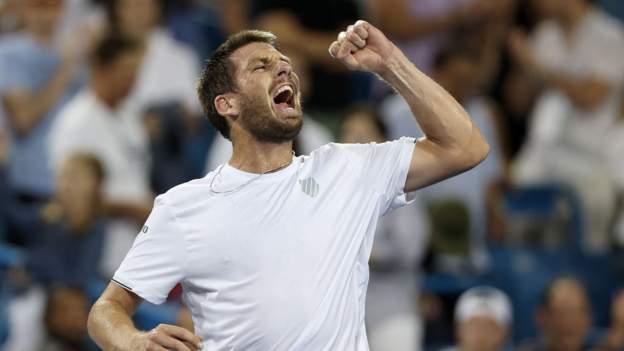[ad_1]
“After a great deal of thought and deliberation, I am announcing my retirement from international one-day cricket. With the intensity of the international schedule and the increasing demands on my body, approaching 32, I think it is the right time to step aside and let the next generation of players come through.”
Ben Stokes announced on Monday that he had retired from ODIs but these are not his words. Instead, they are taken from a statement made by Kevin Pietersen just over a decade ago, when he quit international white-ball cricket in June 2012. A decade later, they sound eerily familiar.
Pietersen briefly returned to England’s ODI and T20I teams the following year but his point was clear: he was cooked, mentally and physically, by a relentless schedule that contained too much cricket, and too little relevance. Stokes’ decision was informed by the same logic, as he outlined in a statement that was effectively a parting shot at his own employers.
“Three formats are just unsustainable for me now,” Stokes wrote. “I feel that my body is letting me down because of the schedule and what is expected of us.” The message was simple: England play so much cricket across formats that for Stokes to continue to play with the whole-hearted attitude that has informed his career, something had to give.
In abstract, it should serve as a wake-up call for cricket’s administrators. One of the sport’s most recognisable players making himself unavailable for his team’s defence of their world title in India next year is a damaging moment, one that underlines the extent to which boards have flogged their most valuable assets by cramming series into even the smallest gaps in the schedule.
But Stokes is not the first high-profile player to call it quits – as Pietersen’s example highlights – nor will he be the last. Joe Root, his predecessor as Test captain, was effectively retired from T20Is for the second half of his tenure, having last played one in May 2019. AB de Villiers and Faf du Plessis missed World Cups because of their reluctance to play every last bilateral series for South Africa. West Indies have rarely fielded a full-strength white-ball team in the last decade.
The ICC holds its Annual General Meeting in Birmingham next week to finalise and publish the 2023-27 Future Tours Programme (FTP), but do not expect anything to change. A near-final draft accessed by ESPNcricinfo sees England play 42 Tests, 44 ODIs and 52 T20Is across a four-year period, not to mention the relentless schedule of ICC world events.
But whether anyone has been paying any attention to it or not, the shift has already happened. Since the start of June, 32 different players have represented England in men’s international cricket, 29 for India. Even countries with significantly smaller player pools are stretched: 27 have played for Sri Lanka and West Indies alike, and 25 for New Zealand.
As a result, fans lose out, buying tickets for international fixtures without any sense of whether the best players will be involved. The public ballot for England’s recent T20I against India at the Ageas Bowl closed in October 2021: at the time, supporters could not have known that both sides would be resting their multi-format players. England and India have enough depth that the overall spectacle was largely unaffected; few other teams do.
In England’s case, it is worth spelling out the reality of the schedule. Between the second and third Tests against New Zealand, a completely separate squad played three ODIs in the Netherlands. In September, they will travel to Pakistan for a seven-match T20I series – unprecedented among full members – with few, if any, of their Test players. In November, they will play three ODIs in Australia immediately after the T20 World Cup, seemingly for the sole purpose of fulfilling contractual obligations.
Between the start of June 2022 and the end of March 2023, England will play over 100 days of men’s international cricket: 12 Tests, 18 ODIs, 19 bilateral T20Is and a T20 World Cup, spread across seven different countries. It is exhausting to think about, let alone play in; no wonder their all-format fast bowlers are in the midst of a collective injury crisis.
In Stokes’ case, 50-over cricket was the only format that could give. His commitment to Test cricket is unwavering, as demonstrated by the manner of his captaincy to date and his decision not to put himself forward for the IPL auction this year; T20I retirement would be difficult to fathom with a World Cup three months away and the risk of a dent in his future earning potential. But not even the prospect of defending England’s title in 15 months’ time could dissuade him from ODI retirement.
He clarified that he had found the decision “incredibly tough” but in one sense, Stokes is lucky that it was available to him. He has a lucrative central contract and several valuable commercial sponsors, and England are happy for him to pick and choose which series he plays in to suit his schedule. Outside of the ‘Big Three’ boards, few players have the power or the financial security to give one format up.
Pietersen wrote in his autobiography that in the weeks before his one-day retirement in 2012, he had “gone to the ECB and told them what they already knew: I was playing too much cricket.” Administrators have known the schedule is broken for a decade. Stokes’ ODI retirement is a sad moment – but don’t expect anything to change.
[ad_2]




